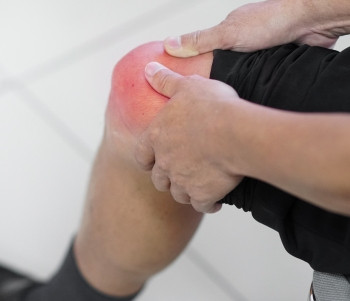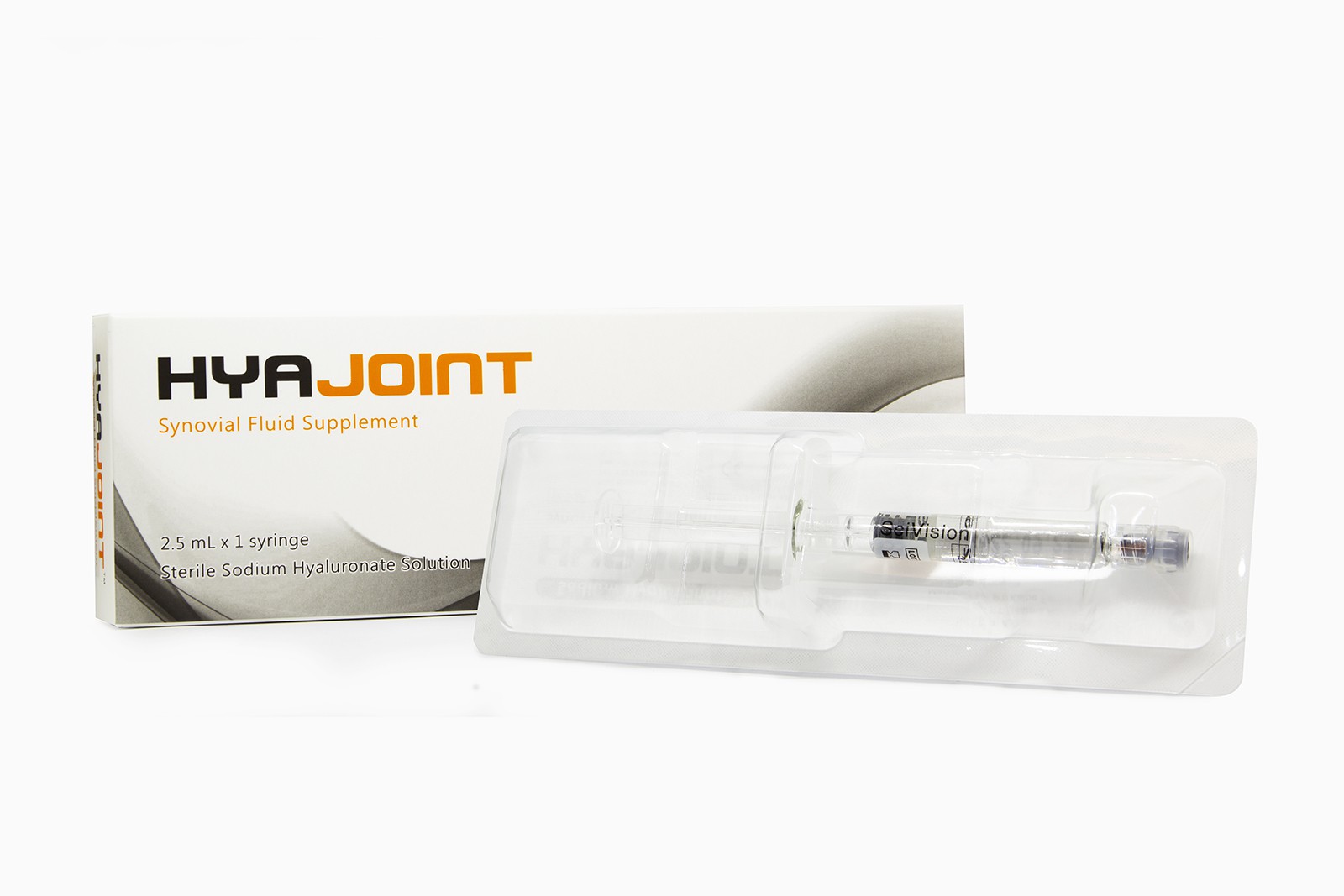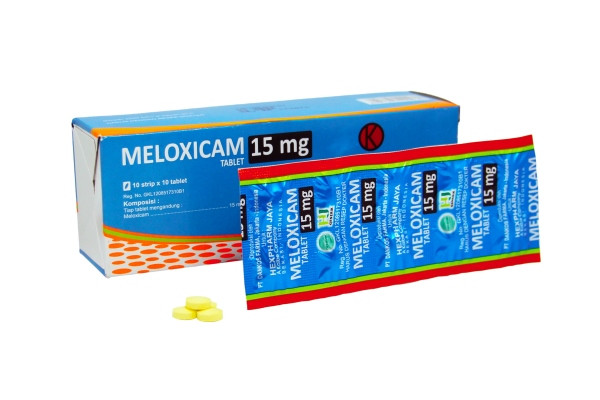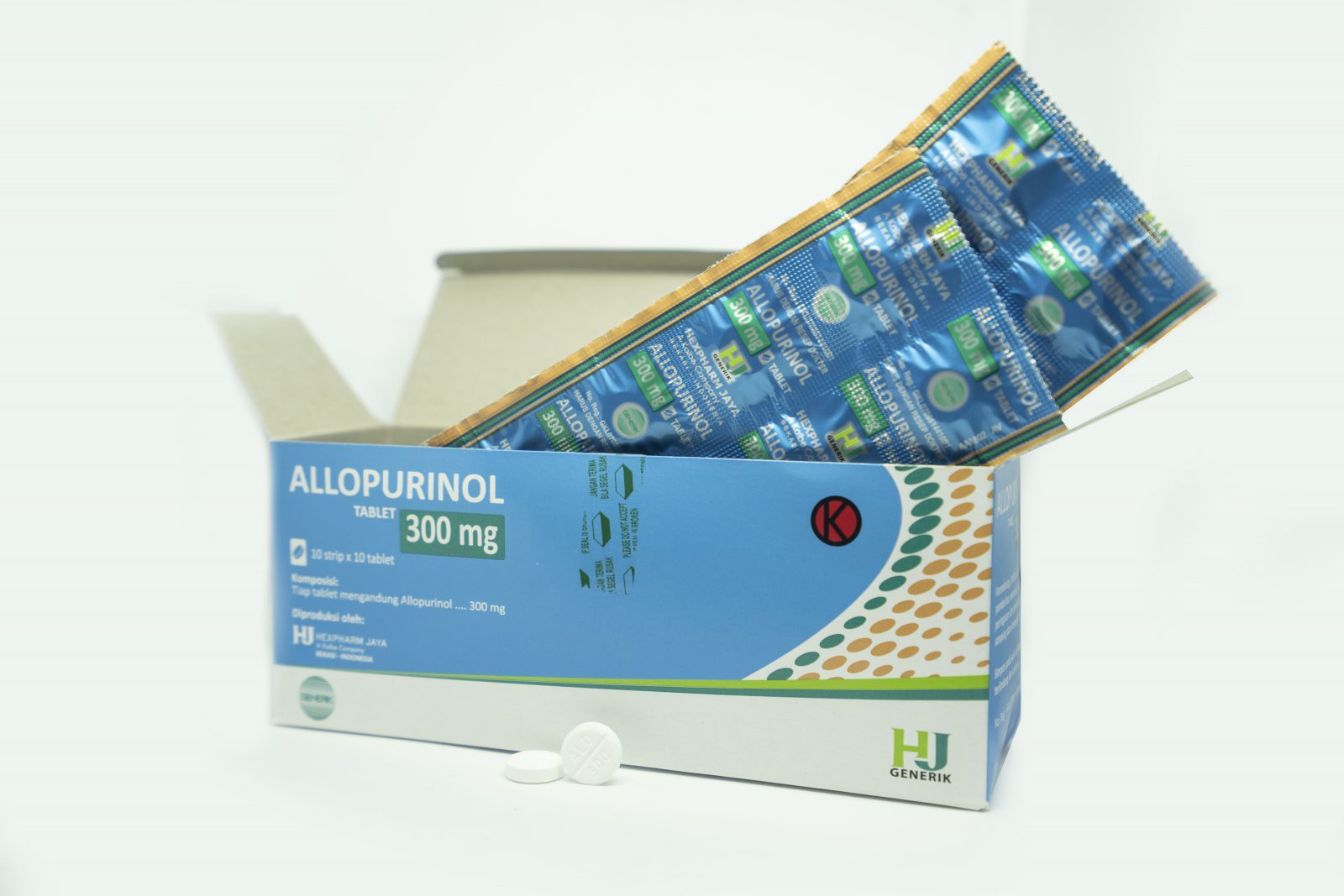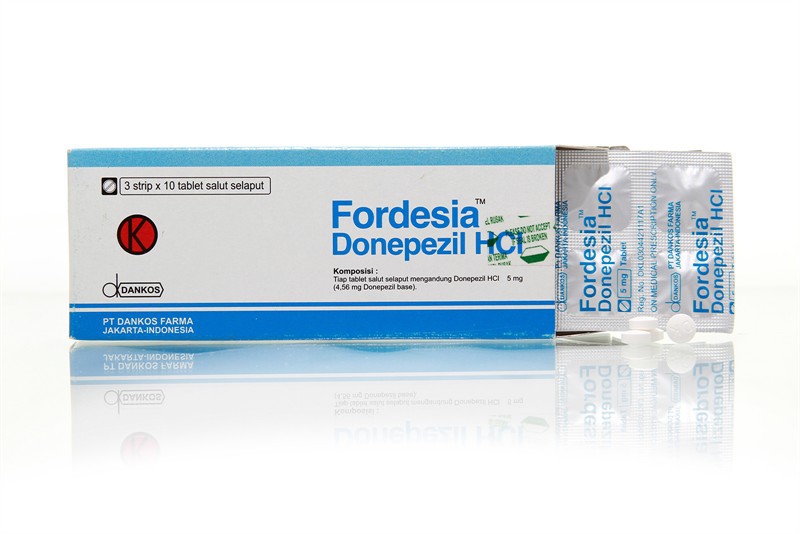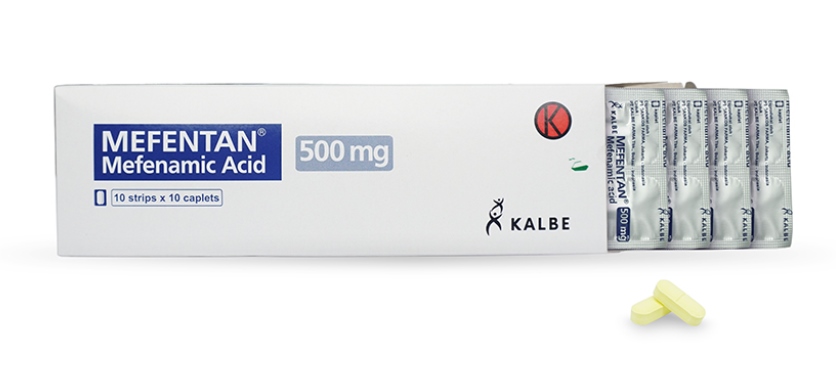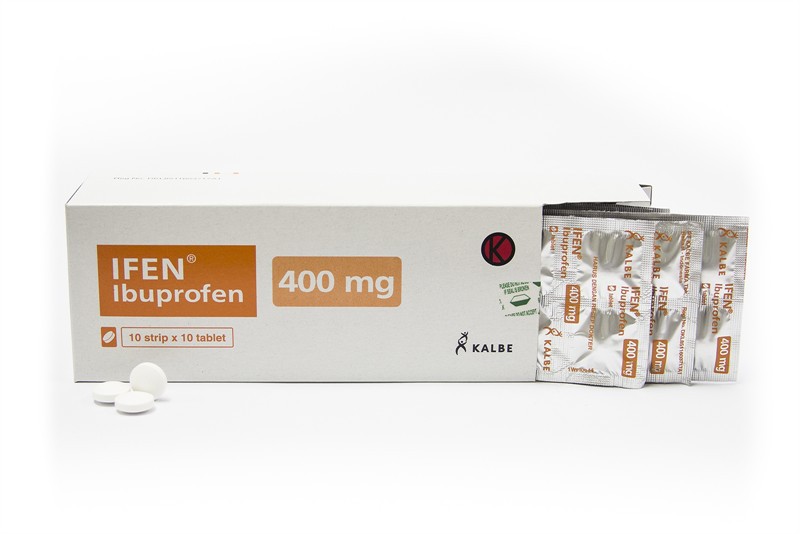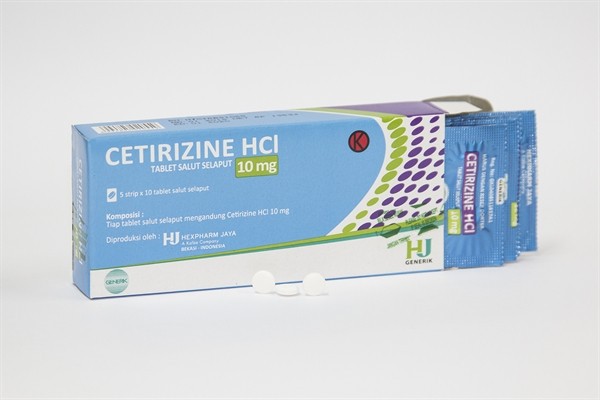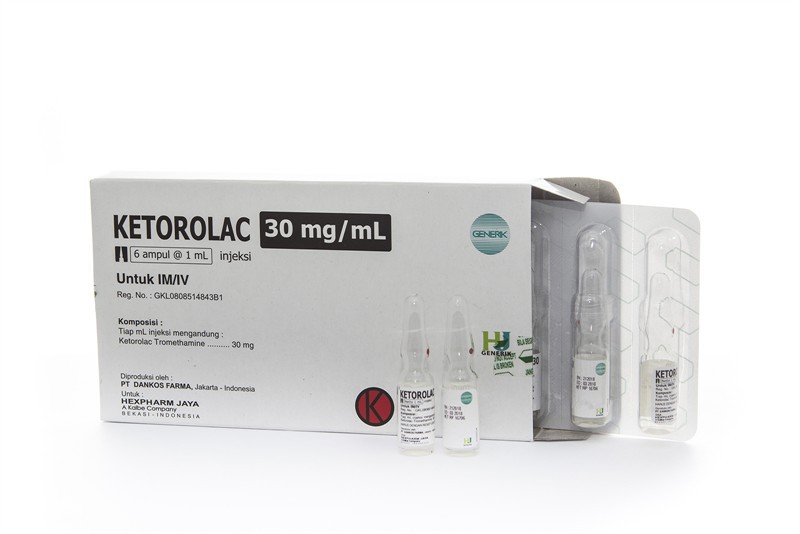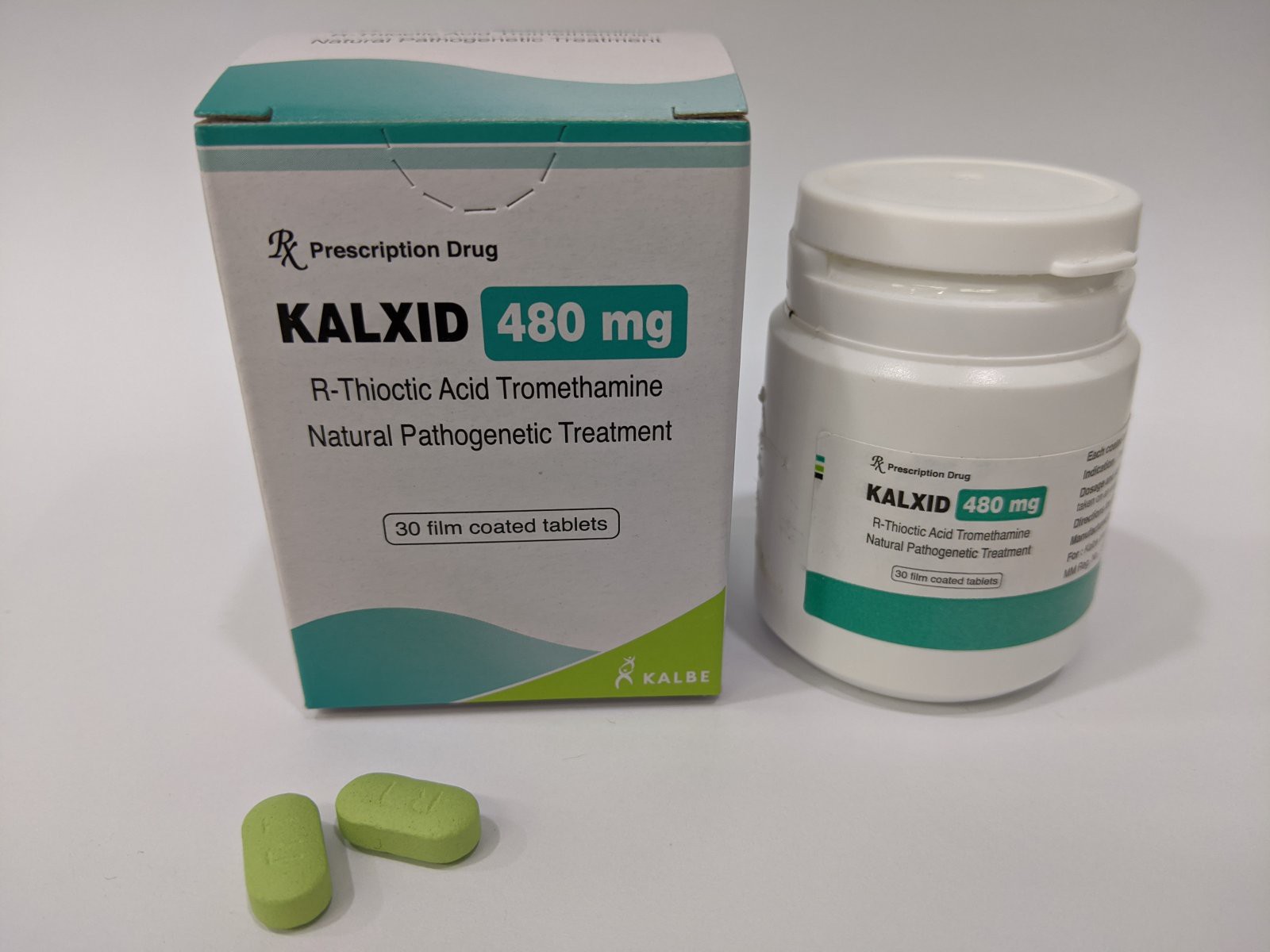
Fraktur merupakan salah satu cedera yang paling umum ditemui pada kasus trauma. Fraktur ekstremitas dapat menyebabkan nyeri akut derajat berat sehingga membutuhkan manajemen nyeri dan kontrol nyeri yang optimal. Morphine merupakan gold standard untuk analgesik untuk mengatasi nyeri pada fraktur. Meskipun efektif, namun morphine dapat menyebabkan efek samping yang tidak diinginkan seperti sedasi, depresi napas, hingga memperlambat penyembuhan tulang, serta mengakibatkan non-union fractures. Maka dari itu, perlu dipertimbangkan pemberian agen analgesik non-opioid dalam manajemen nyeri pada fraktur.
Isfahani, et al., pada tahun 2024 membuat sebuah uji klinis tersamar acak yang membandingkan efektivitas morphine, ibuprofen, serta kombinasi ibuprofen dan acetaminophen intravena dalam mengurangi nyeri pada fraktur tertutup. Pada studi ini sebanyak 158 subjek dengan trauma diacak untuk mendapatkan ibuprofen 800 mg intravena (53 orang), ibuprofen 400 mg/acetaminophen 1000 mg intravena (54 orang), atau 0,1 mg/kg morphine sulfat intravena (51 orang). Luaran yang dinilai pada uji klinis ini adalah penurunan skor nyeri berdasarkan VAS (visual analog scale) 1 jam setelah pemberian obat dibandingkan dengan skor awal.
Hasilnya dari penelitian ini adalah bahwa kelompok morphine sulfat mengalami penurunan skor nyeri yang lebih besar pada 5 menit dan 15 menit setelah injeksi dibanding kelompok ibuprofen dan ibuprofen/acetaminophen (p < 0,01). Namun, 30 menit setelah injeksi, skor nyeri pada kelompok morphine sulfat kembali meningkat, sedangkan skor nyeri pada kelompok ibuprofen dan ibuprofen/paracetamol terus menurun secara signifikan (p < 0,01). Setelah 1 jam pasca-pemberian obat, skor nyeri pada kelompok morphine sulfat dan ibuprofen kembali meningkat secara signifikan, namun kelompok ibuprofen/acetaminophen terus mengalami penurunan skor nyeri. Pada titik ini, skor nyeri pada kelompok ibuprofen/acetaminophen secara signifikan lebih rendah dibandingkan dengan kelompok ibuprofen dan morphine.
Dari hasil tersebut didapatkan bahwa morphine dapat mengurangi nyeri dengan cepat, namun setelah 15 menit, efek analgesik morphine cenderung hilang dan skor nyeri kembali meningkat. Efek maksimum dari ibuprofen dicapai setelah 30 menit, dan perlahan efek analgesiknya menurun, sehingga skor nyeri kembali meningkat. Hal tersebut tidak terlihat pada kelompok ibuprofen/acetaminophen di mana penurunan nyeri terus terjadi dengan efek analgesik yang bertahan hingga lebih dari 60 menit.
Kesimpulan:
Kombinasi ibuprofen dan acetaminophen dinilai optimal sebagai terapi nyeri karena dapat menurunkan nyeri dalam waktu singkat dengan efek analgesik yang bertahan lebih lama dibandingkan dengan morphine.
Gambar: Ilustrasi
Referensi:
Isfahani MN, Etesami H, Ahmadi O, Masoumi B. Comparing the efficacy of intravenous morphine versus ibuprofen or the combination of ibuprofen and acetaminophen in patients with closed limb fractures: A randomized clinical trial. BMC Emergency Medicine. 2024;24(15): https://doi.org/10.1186/s12873-024-00933-y



